Public executions may be a thing of the past in the United Kingdom but they were commonplace up until 1868. The fact that they were public may have been intended to act as a warning and deterrent to others, or perhaps to add to the humiliation of the prisoner, but they ended up being a spectator sport. The public loved to watch them. For the families and friends of those being executed, it might be the last time they’d ever see the body, they might not get it back.

Hangings in London
by Telesto
Hanging was the main form of punishment in the British Isles from Anglo Saxon times up until its abolition in 1964. It was almost a family day out.
Hanging was a method of punishment used in the United Kingdom from at least Anglo Saxon times up until the 20th Century. In fact, it was the main method of punishment from the eighteenth century until it was abolished in 1964. (Actually, it hasn’t been completely abolished; it is still on the statute for high treason and piracy.)
Until May 1868, all executions were public, and the main site of execution in London was at a place called Tyburn. Tyburn was a village roughly where Marble Arch is situated today.
Prisoners were taken from Newgate Prison in the City of London (the prison is gone, the Old Bailey now stands on the site) to Tyburn, the final part of the journey being along what is now Oxford Street. They would stop a couple of times en route at hostelries so that the prisoners could have a drink or two before they met their end. There was always a delay after sentencing before execution, sometimes up to four weeks before the hanging would take place.
Come the day of the execution, those to be hanged were tied together in pairs, and put in carts, standing facing forwards. The carts were guarded by officials on horseback who rode alongside as the carts travelled to Tyburn. The carts were specially designed so that the nooses could be put around the necks of the prisoners and the cart could be driven off leaving the prisoners hanging.
The better-off of the prisoners would wear their best clothes for their executions. They could also be taken to Tyburn in a private coach, so that they were spared the indignity of the crowds hurling insults, and anything else they fancied, along the way.
In 1571 what was famously known as the The Triple Tree was set up there, and on at least one occasion, was used to hang 24 prisoners at the same time. There were three upright posts, about 18’ high, joined by beams at the top. It was possible to get three carts underneath the gallows at the same time. The last person believed to have been executed on this particular gallows was a woman called Catherine Knowland who was executed on 18 June 1759. She was hanged for highway robbery. The gallows were removed because they caused traffic congestion during the summer months, and that part of London was becoming rather fashionable, and the local residents didn’t like seeing the gallows. A portable gallows was installed later, a bit further away in the Edgeware Road, but still in the Tyburn Village area. The last execution took place at Tyburn on 7 November 1783 was another highway robber, John Austin.
It was common for the friends and family of those being executed to hang on their legs after the cart had driven away, to hasten their deaths. The bodies and anything on them belonged to the executioners, so families would have to buy them back for burial. As time went on though, surgeons and medical students would try to buy them for dissection and if they could afford to pay more…

 | The London Hanged: Crime And Civil Society In The Eighteenth Century Peter Linebaugh’s groundbreaking history has become an inescapable part of any understanding of the rise of capitalism. In eighteenth-century London the spectacle of a hanging w... |
 | Thief-Taker Hangings: How Daniel Defoe, Jonathan Wild, and Jack Sheppard Captivated London and Cr... After the Glorious Revolution, a not so glorious age of lawlessness befell England. Crime ran rampant, and highwaymen, thieves, and prostitutes ruled the land. Execution by hang... |
When Tyburn ceased to be used at the site for hangings, most of them took place at Newgate, although Smithfield and Tower Hill were still sometimes used. Spectators were charged up to £10 a time to watch the hangings at Newgate through the windows overlooking the gallows. Public executions stopped in 1868.
Some of the famous (or infamous) people hanged at Tyburn include:
Perkin Warbeck, hanged 23 November 1499, pretender to the throne of Henry VII.
Elizabeth Barton, also known as the Holy Maid of Kent,hanged 20 April 1534. She was hanged for treason because she’d prophesied (incorrectly) that King Henry VIII would die within six months if he married Anne Boleyn.
Oliver Cromwell, hanged 30 January 1661, but he was hanged after his body had been exhumed from Westminster Abbey.
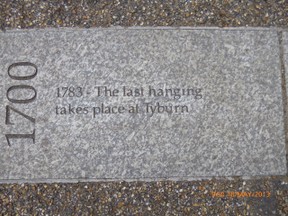
This is a stone placed near Speaker's Corner in Hyde Park.
You might also like
Victorian Prisons and Subsequent ReformUntil Victorian times, prisons in Britain housed men, woman and children. De...
Looking at the Death PenaltyFacts about the death penalty that most people aren't aware of.
Goldilocks and Three BearsGoldilocks and Three Bears is a popular story for children with a great narra...
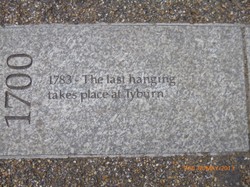

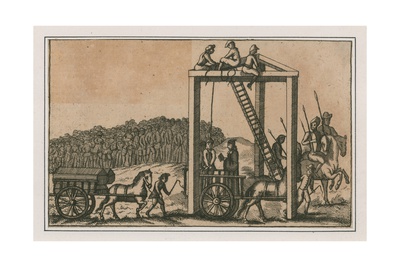
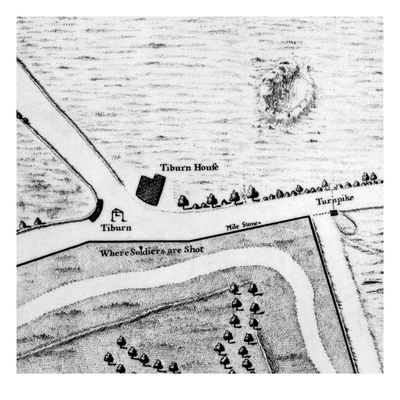
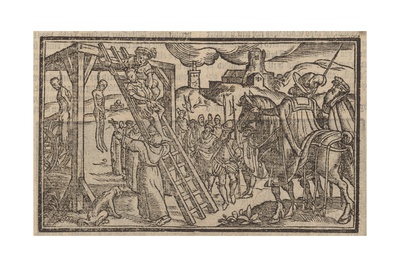

 Identity Theft and How it Feelson 02/01/2015
Identity Theft and How it Feelson 02/01/2015
 Barts Hospital - a National Treasureon 01/24/2015
Barts Hospital - a National Treasureon 01/24/2015
 Urban Foxeson 01/11/2015
Urban Foxeson 01/11/2015
 How do you know which hosting platform to choose?on 01/03/2015
How do you know which hosting platform to choose?on 01/03/2015




Comments
I'm not so sure Frank, when people upset me.... Joking aside, I think humans are capable of pretty much anything.
WriterArtist I don't think there was anything mute about it, my understanding is that it was a bit like watching a football match nowadays. I'm with Frankj, I think the veneer of humanity is very thin.
Posthumous hanging! Well, it wasn't so long ago that the Spanish Republicans exhumed bodies of nuns and displayed them in public. Furthermore, at the Battle of Dover [1217] the victorious Norman nobles decided who should kill the French admiral, Eustace the Monk [a monk who had turned black magician] by having a raffle: winner to have the right to behead Eustace. The mutilation of the head of the rebel leader Simon de Montfort [1265] does not bear description on a family friendly website.
But I have often wondered how far we are from the head hunters. Our Celtic forebears collected heads of those they had killed in battle and hung them up as trophies. Severed heads of traitors were stuck on spikes on London Bridge up to the eighteenth century. Of course, nowadays no one would want to do this sort of thing, wouldn't they?
I cannot imagine myself standing and witnessing the hanging, it is shocking. It is extremely disgusting that these incidents were public. In some countries punishments like lashing are public, I am unable to understand how can the spectators mutely watch the pain cast to the victims.
I know. We are awful aren't we?
How horrible. I can't imagine what humans are capable of. Posthumous hanging? And then more. I read about it on Wikipedia.